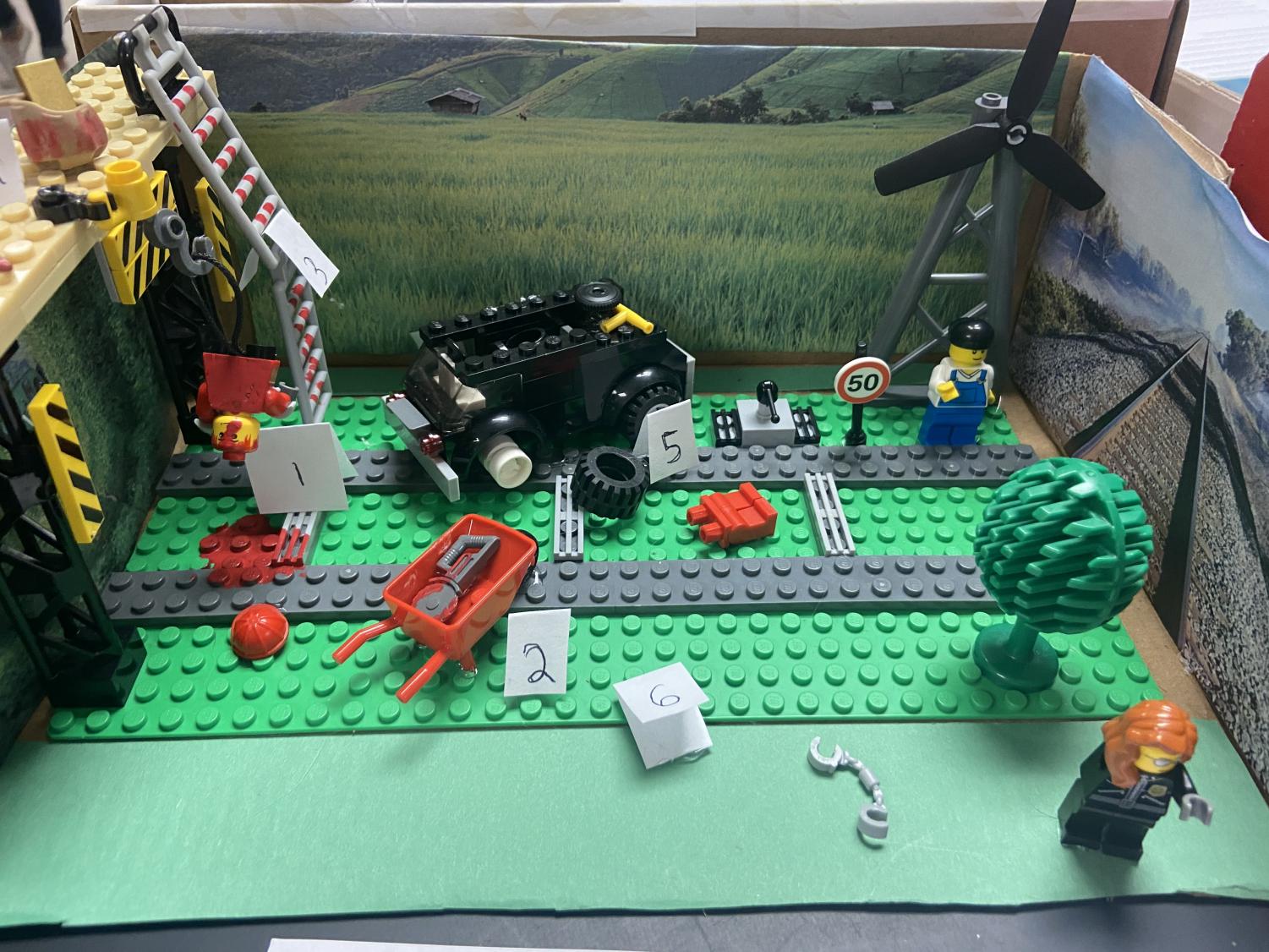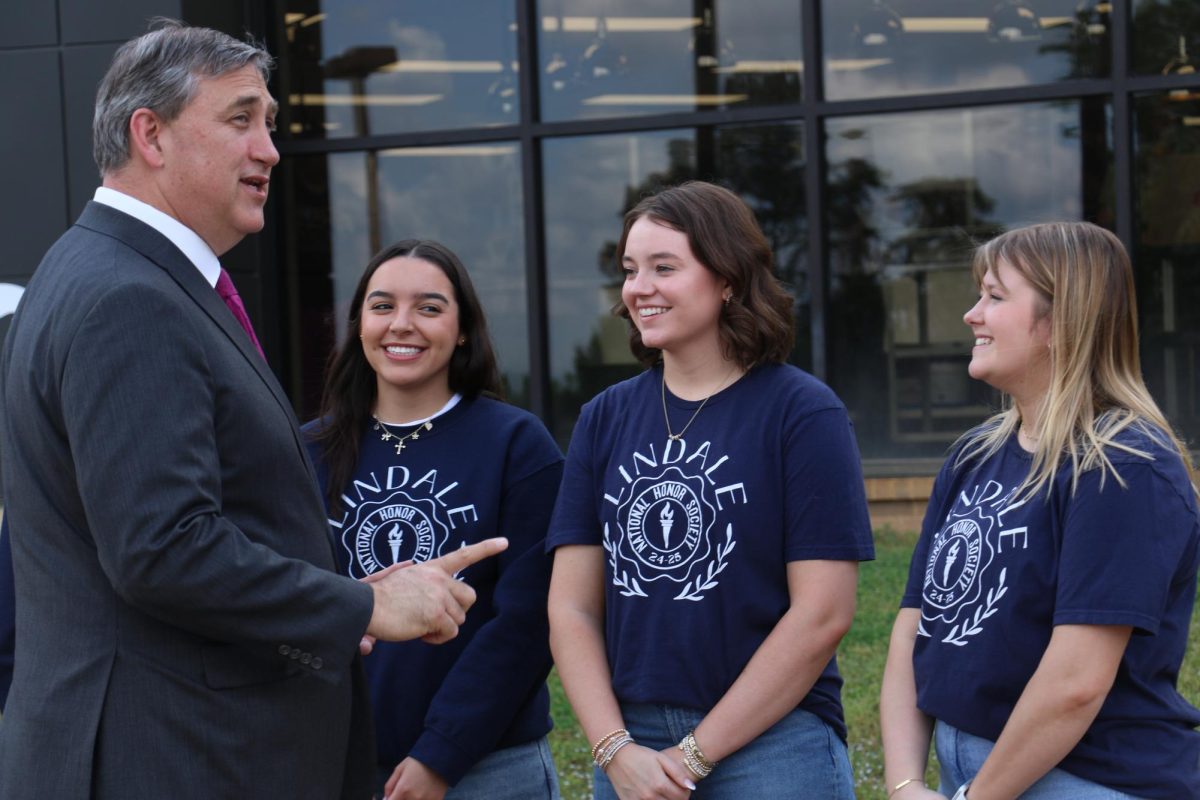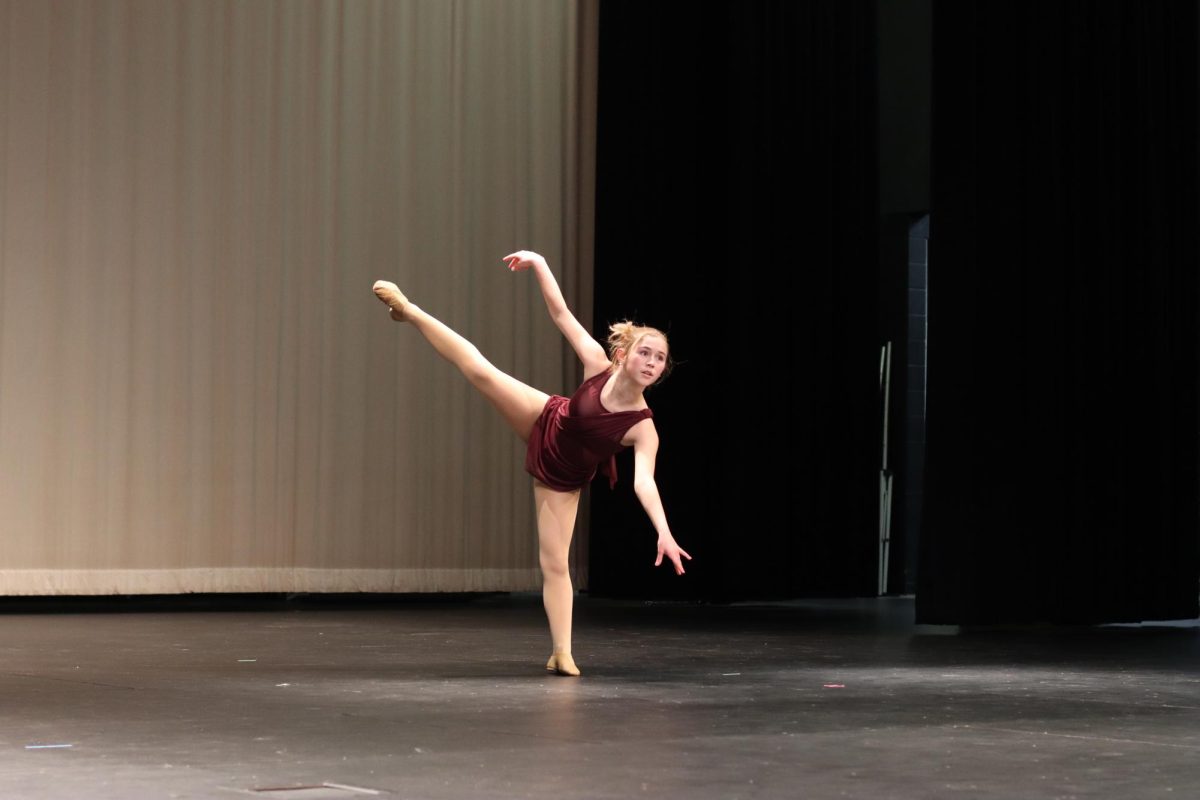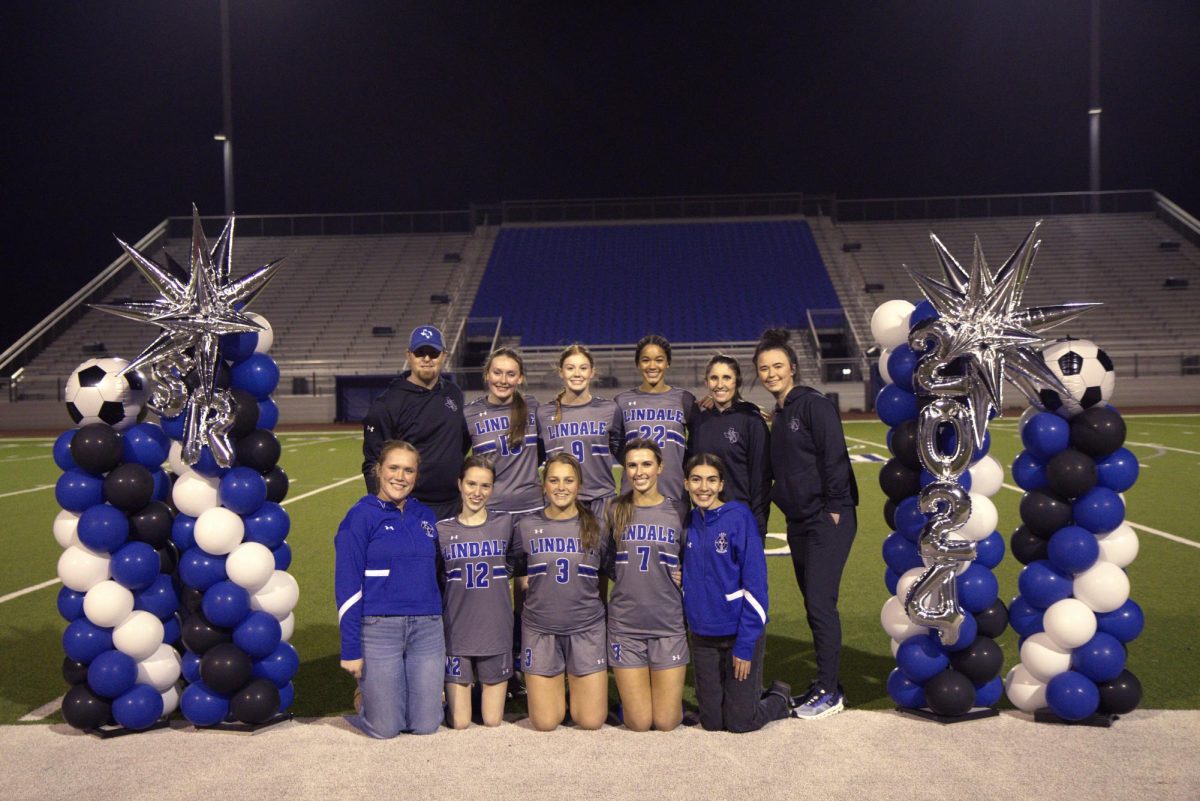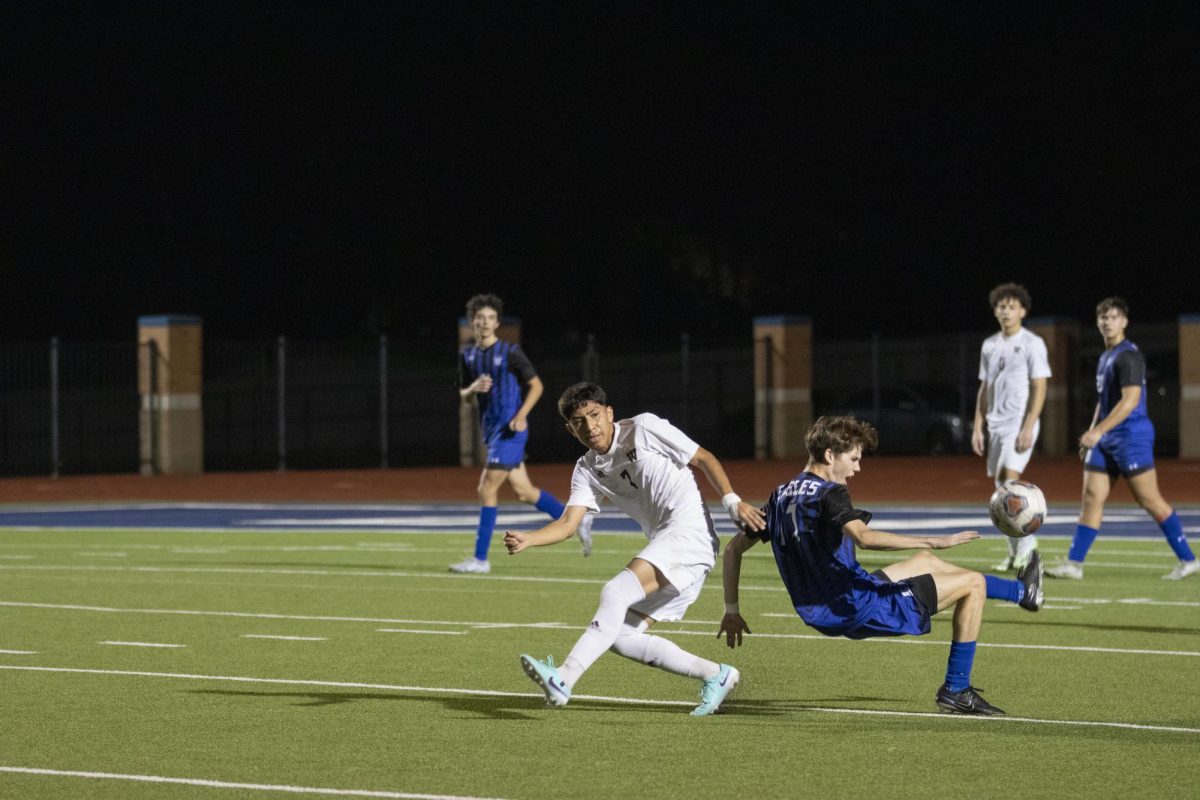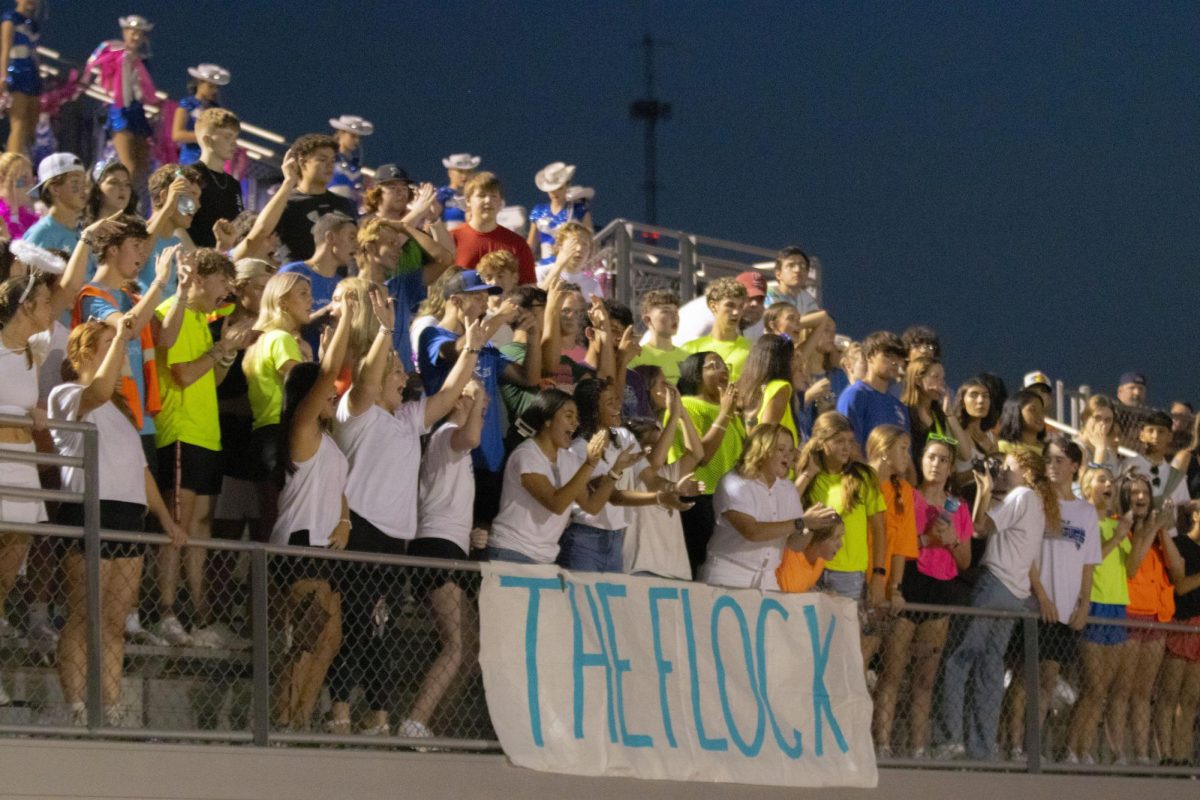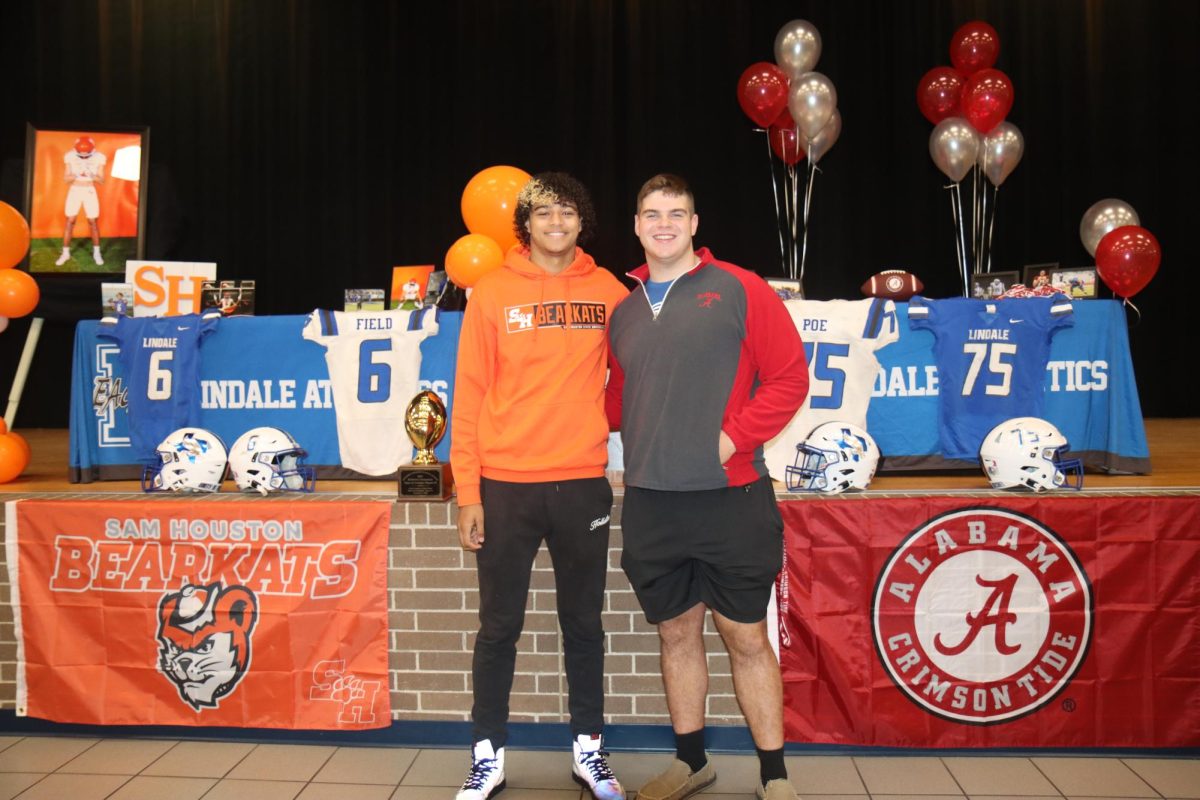The forensics class is building crime scenes in a shoebox out of random craft materials. This project is meant to help the students understand how crime scenes are structured, and how to properly identity evidence.
“The purpose of the shoebox crime scene is for the students to get a feel for all of the aspects that go into an actual crime scene,” forensics teacher, Amanda Speaker said. “How they process it, how they sift through the evidence, and how it’s indicated with evidence markers are all built in with the scene.”
The students make their own evidence and construct an entire crime scene. Using any materials from home, or provided materials, the students add on to a box of their choosing.
“They use shoeboxes, cardboard, really anything they want to create a crime scene,” Speaker said. “They then have to plant at least five pieces of evidence and write a scenario for other students to read through and solve.”
All the projects are laid out for the students to go through and solve one by one, not including their own. The students have to determine the victim, suspects and how the evidence tells the story of the crime.
“Honestly it’s really fun to analyze a crime scene and be able to figure out the storyline and everything that goes along with it,” senior Madison Beaird said. “Everyone’s project is so vastly different with character backstories and the scenario they decide to put them in. The creative freedoms we have in making these makes it really fun to do.”
Along with the actual box and storyline, students have to create a detailed police report that matches the evidence of the scene itself. Every piece of evidence has to be documented and marked with an evidence marker.
“The details of the crime scene need to match with the findings in the police reports and the crime stories that are generated,” Speaker said. “They do this so they can kind of get a feel for how the whole process works in a scaled down version of an actual forensic crime scene study.”


